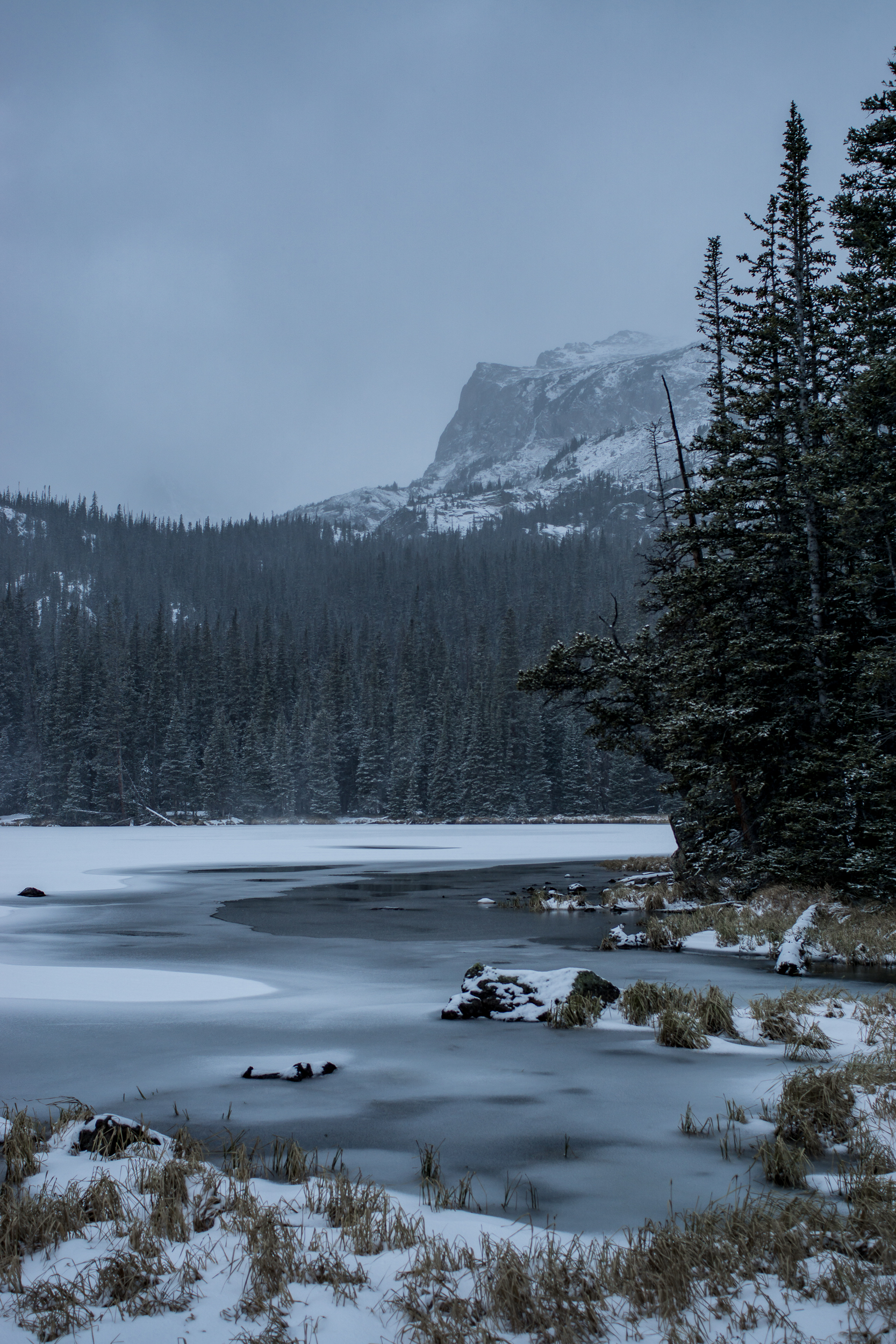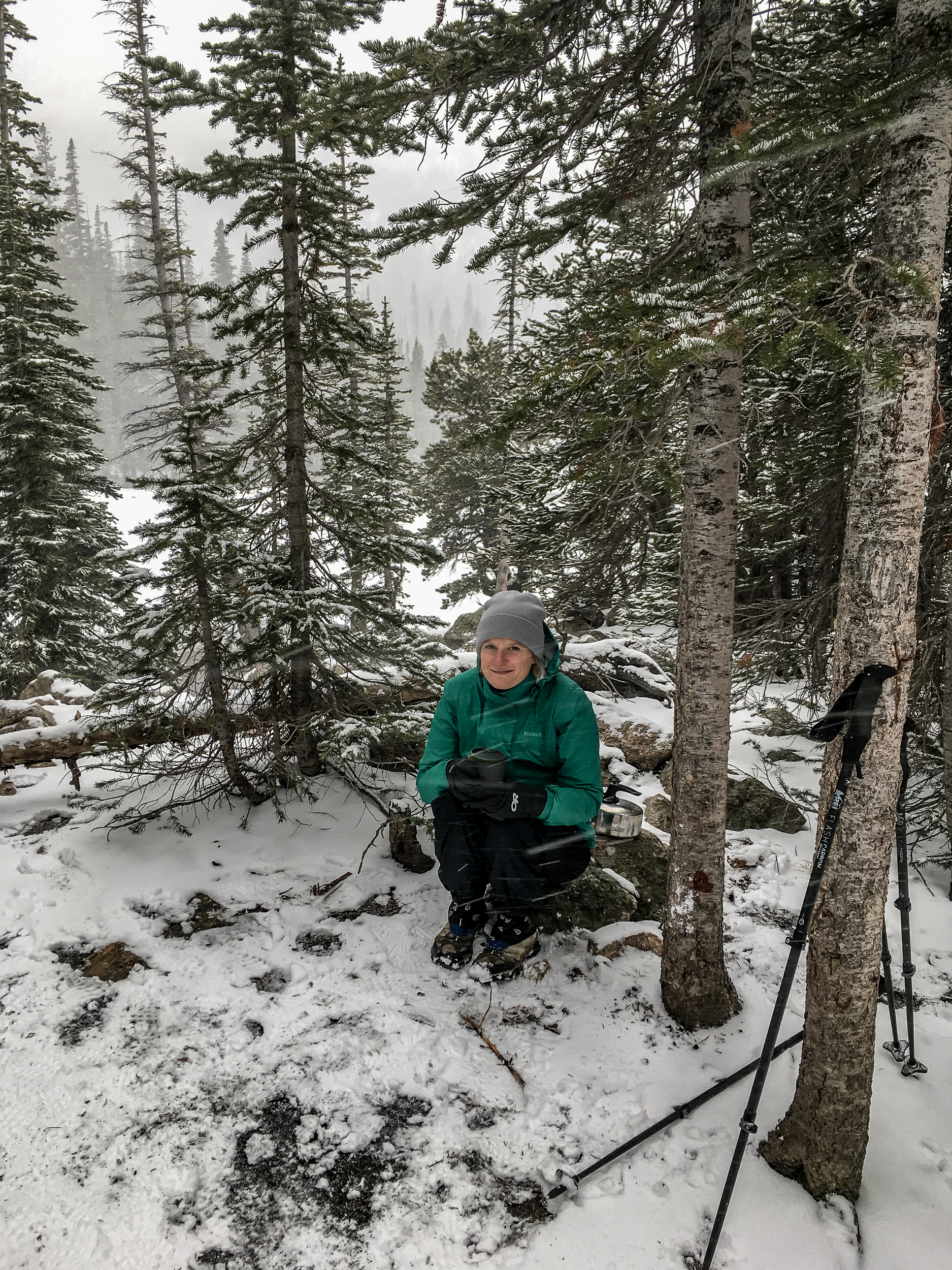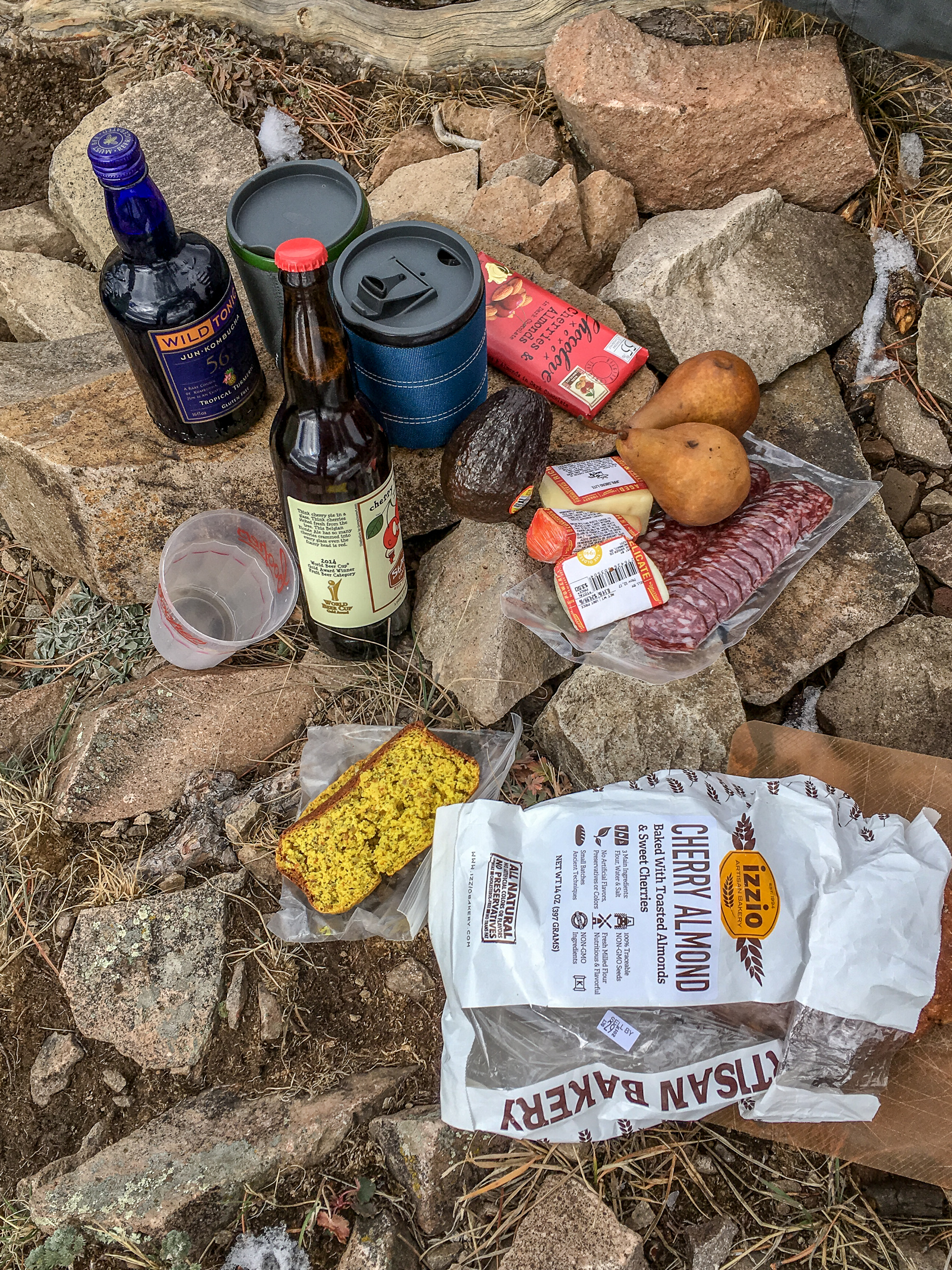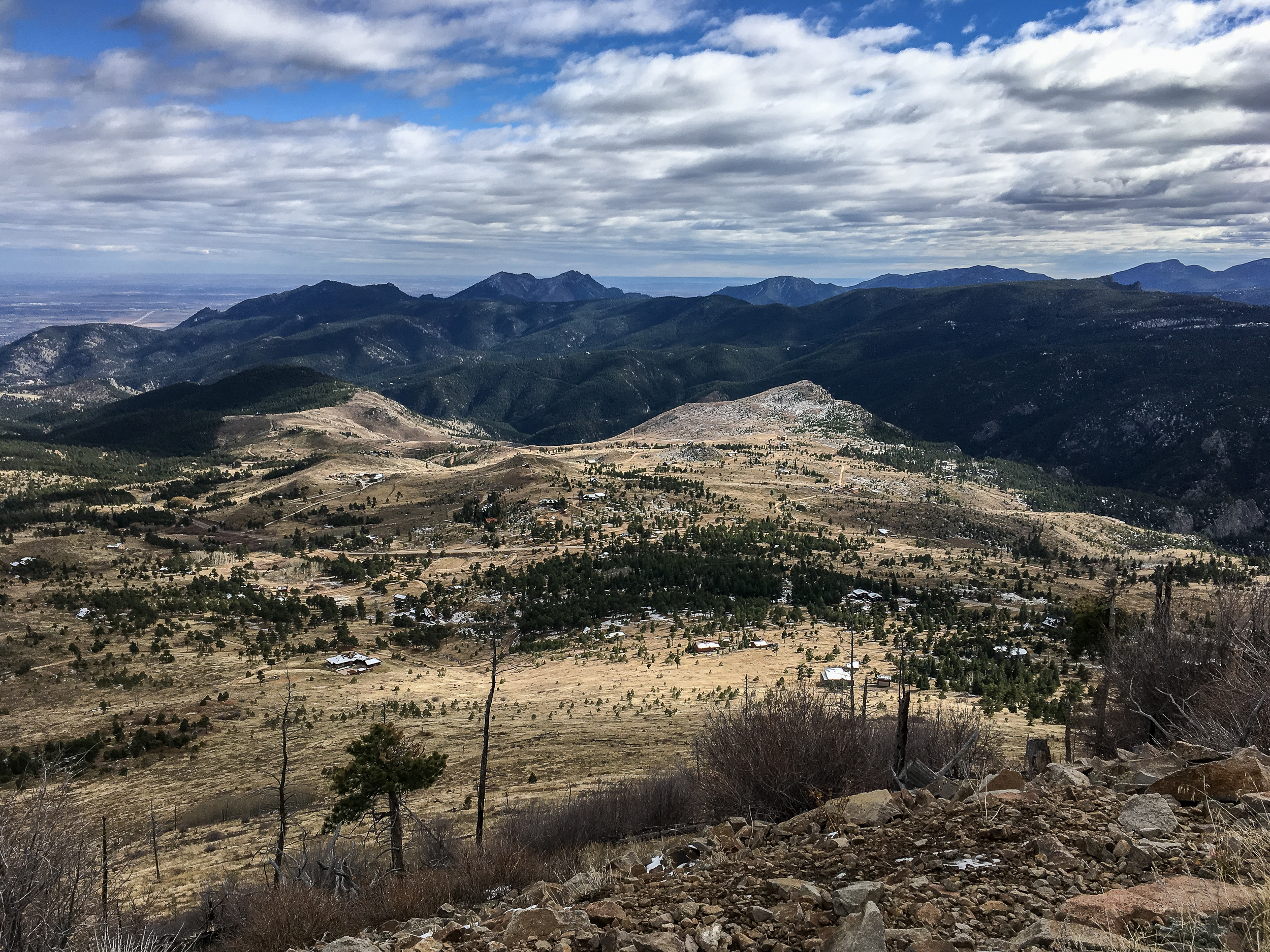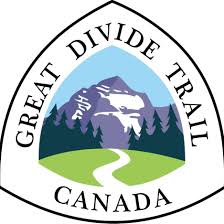I did an easy two nights out to test a few new items I purchased to lighten my pack on solo trips. The first night was in a steep valley near a river approx 8,200 ft in elevation. Not normally an ideal place to camp given the cold air will sink to the valley floor, but I wanted to see how the gear performs in more humid conditions. Night 2 was above an alpine lake, approx 9,800 ft in elevation. Forecast was for lows near freezing on Night 1 and upper 30s on Night 2. Chance of rain was about 30% each night.
New gear tested:
-Enlightened Equipment Enigma 30F Short/Slim - $265
-Therm-a-Rest Z Lite Sol Sleeping Pad - REI $35
-Outdoor Research Helium II - $65, REI Garage Sale
Night 1
Night 2
Enlightened Equipment Enigma 30F Sleeping Quilt:
Those of you who know me know it’s pretty rare that I buy new items or drop serious coin on gear (patience is key to finding good deals). However, EE makes amazing gear and when I do buy new I like to support good folks. I love my 20F EE Accomplice for 2 person trips so it was a no brainer to go back to the well for my solo quilt. Night 1 was, as predicted, humid and just above freezing. With base layers and a hat on I was nice and toasty. Night 2 was in upper 30s and much less humid and I slept well without base layers.
For sizing I got the short/slim. The EE site says short is for “5’6” or under”, I’m 5’ 7 1/2” and I find the short to be the perfect size for me. My feet are snug in the footbox and the top of the quilt comes nicely to my chin. The slim size is for “50” or smaller”, I measure myself at 51”. I sleep in a corpse position and like to be essentially swaddled so this works great for me but it’s about the the smallest I’d go. If you’re the type of person who feels restricted in a mummy bag you’ll want a bigger size. The insulation value is in the loft, if the quilt is too tight around you it’s making the quilt less effective.
Fox friend at Lost Lake night 2
Therm-a-Rest Z Lite Sol Sleeping Pad:
Is it weird that over my many years of backpacking I’ve never used a closed cell foam pad? I’ve always had inflatable mattresses and only once over who knows how many nights have I had to deal with a leak. However, for $35 I figured it was worth a shot, especially since it weighs about the same as inflatables that cost $100 or more. While it’s not as comfortable as an inflatable I like a firm mattress and I slept pretty well. On a longer trip it’d probably get uncomfortable but for a week or less I think it’ll be fine. The best thing was the set up. Just throw it in the tent and you’re done. Amazing. Con was the bulk, I have to strap it to the outside of my pack, but for the cost savings I can deal.
Lost Lake in the morning
Outdoor Research Helium II Raincoat:
This piece of gear makes its on to a lot of UL lists. I’ve been eyeing it for a while but at $150 retail you can about guarantee that I’m not going to buy it new. But when I saw one at an REI garage sale for $65 I figured it was time to go for it. On my scale the small weighs in at 5.7oz, a full 10.3oz lighter than my current raincoat (REI Crestrail). The 30% chance of rain never materialized so I didn’t get to put it through its paces but it did work nice as a windbreak layer in the evening.






















